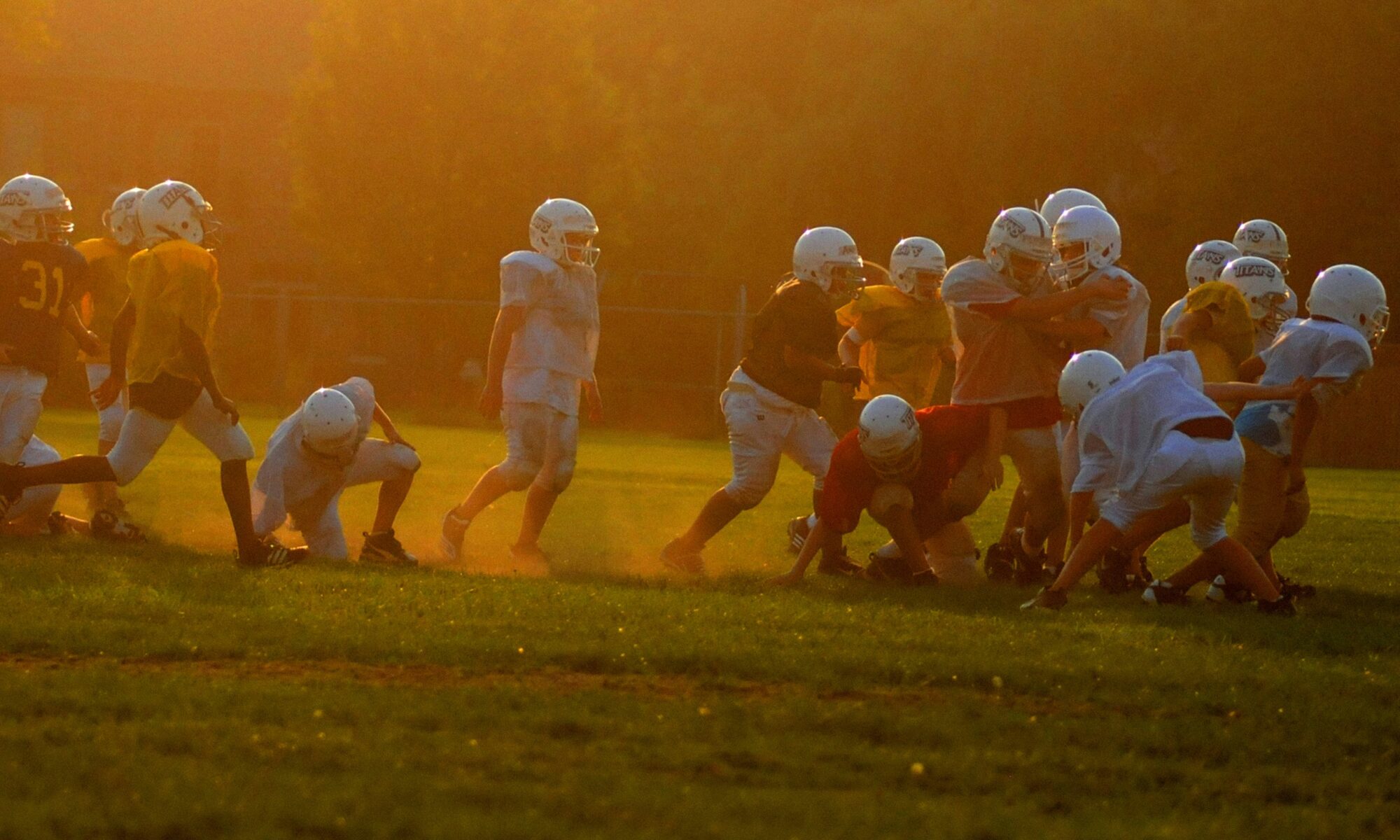
Back-to-School Sports: Common Youth Sports Injuries and How to Prevent Them
As students return to school and dive back into sports, the excitement of a new season often comes with the risk of injuries. From sprains and strains to fractures, student athletes are particularly vulnerable to a range of common youth sports-related injuries. POSM wants to help ensure a safe and injury-free start to the season with these proactive steps in prevention, training, and recovery. Here’s a guide to help keep young athletes in top form.
Understanding Common Injuries
1. Sprains: Sprains occur when ligaments, the connective tissues between bones, are stretched or torn. They often affect the ankles and wrists and are common in sports involving quick direction changes or impacts.
2. Strains: Strains involve injuries to muscles or tendons, the tissues connecting muscles to bones. They frequently happen due to overstretching or overuse, impacting areas like the hamstrings or lower back.
3. Fractures: Fractures are breaks or cracks in bones, often resulting from high-impact collisions or falls. They can range from minor hairline fractures to more serious breaks that require medical intervention. Fractures can pose additional
treatment considerations in youth sports injuries because the bones in this age group of patients are usually not finished growing.
Prevention Tips
1. Proper Training Techniques: Ensuring that athletes use correct techniques during training can significantly reduce the risk of youth sports injuries. Coaches should emphasize proper form and mechanics to avoid undue stress on the body. Regular drills focusing on agility, balance, and strength can also build resilience and improve overall performance.
2. Appropriate Equipment Use: Wearing the right gear is crucial for preventing youth sports injuries. This includes well-fitted footwear for sports like soccer or basketball, supportive braces for vulnerable joints, and protective pads for contact sports. Ensuring that equipment is in good condition and appropriate for the specific sport is also essential.
3. Warm-Up and Cool-Down: A thorough warm-up before practice or games prepares the muscles and joints for physical activity, reducing the risk of strains and sprains. Equally important is a proper cool-down session, which helps in muscle recovery and reduces stiffness. Incorporate stretching exercises to enhance flexibility and circulation.
4. Gradual Progression: Avoid the temptation to push young athletes too hard too quickly. Gradual progression in training intensity and duration allows the body to adapt and reduces the risk of overuse youth sports injuries. Encourage athletes to listen to their bodies and take breaks as needed.
5. Recovery Strategies: Effective recovery is key to preventing injuries. Encourage athletes to get adequate rest, maintain proper hydration, and consume a balanced diet rich in nutrients to support muscle repair and overall health. Incorporate rest days into their training schedule to allow time for physical recovery.
As the school sports season kicks off, prioritizing injury prevention is crucial for the well-being and success of young athletes. By focusing on proper training techniques, using appropriate equipment, and adhering to recovery strategies, athletes can enjoy a safer and more enjoyable sports experience. With these tips, students can stay active and healthy, ready to tackle the new season with confidence and enthusiasm.
